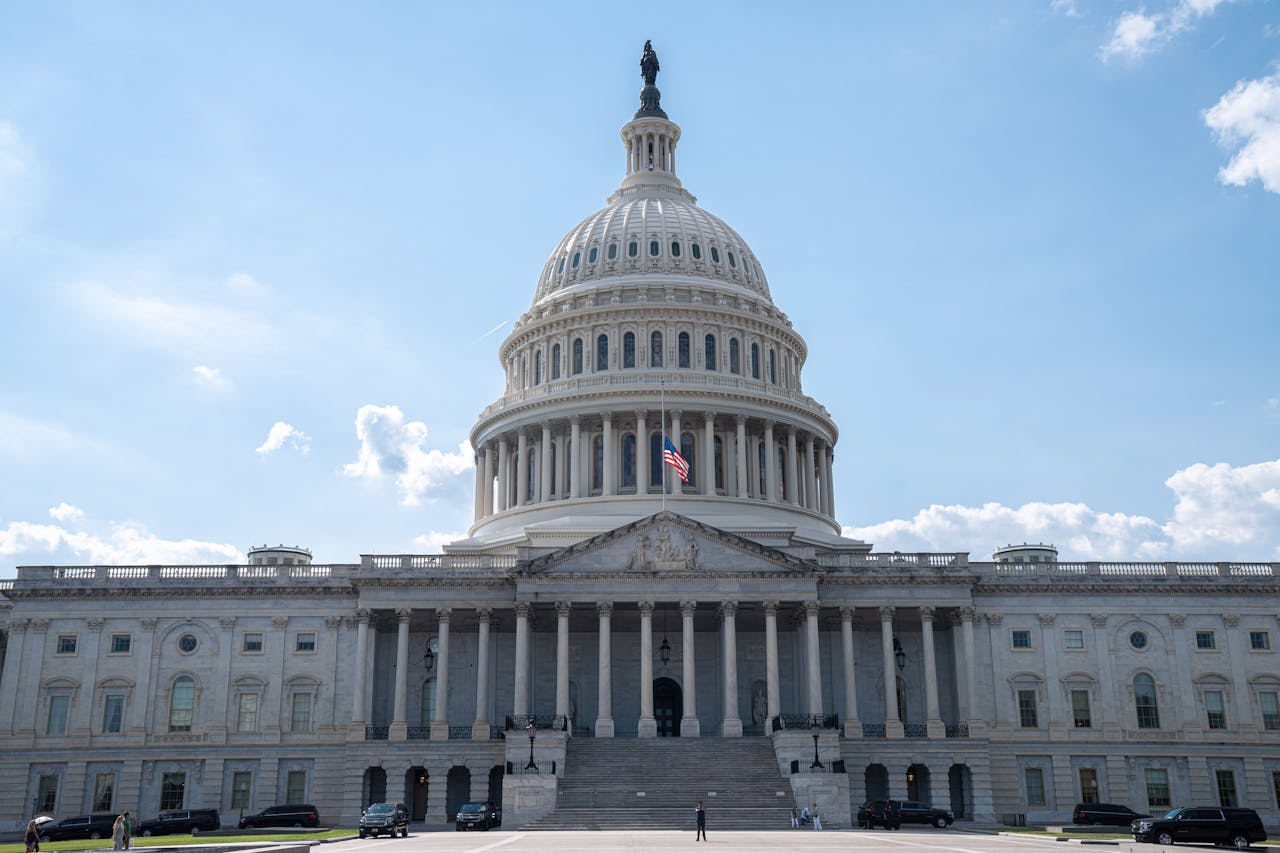American history is filled with iconic moments, monumental figures, and pivotal events, but many misconceptions about the past have become entrenched over time. These myths are perpetuated in textbooks, movies, and popular culture, shaping our understanding of the nation’s origins and development. By reevaluating these common misunderstandings, we can gain a more accurate view of American history. Here are 12 misconceptions about American history that have stuck around, and the truth behind them.
1. Christopher Columbus Discovered America
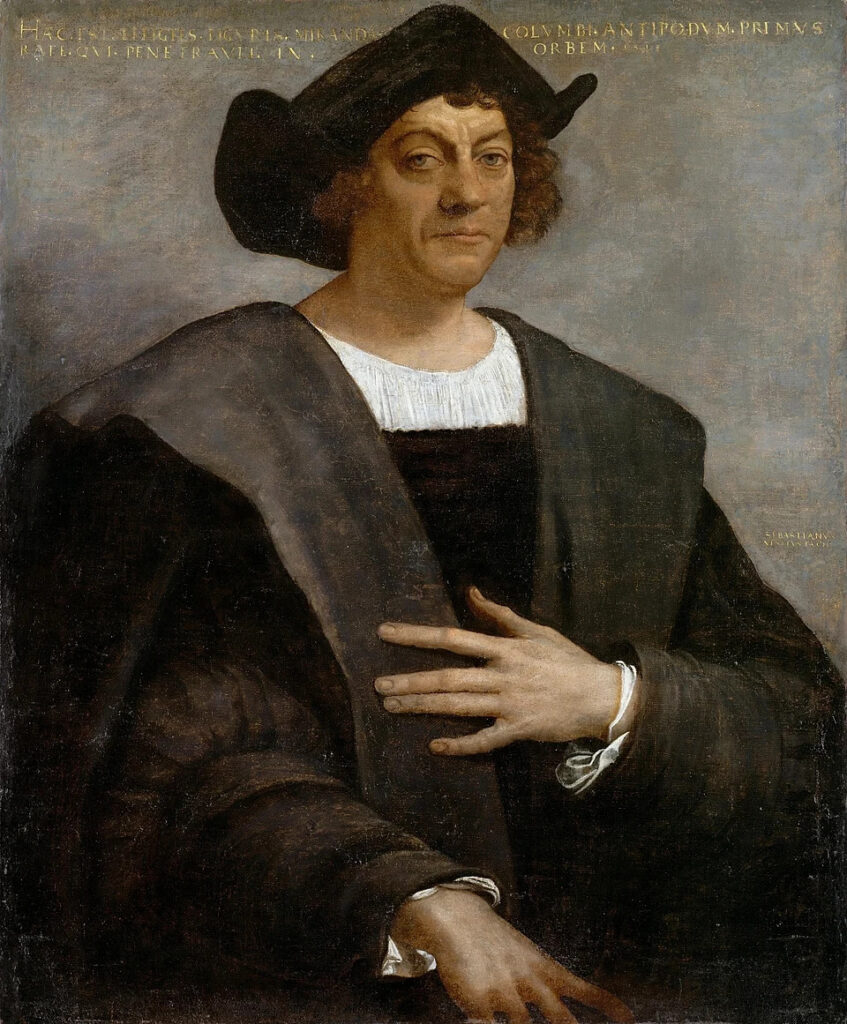
While Christopher Columbus is credited with “discovering” America in 1492, he never actually set foot on the mainland of North America. Columbus landed in the Caribbean, specifically on islands like San Salvador, which are part of the Bahamas, and later explored parts of Central and South America. Native Americans had been living on the continent for thousands of years, and Viking explorers like Leif Erikson had reached North America around the year 1000, nearly 500 years before Columbus.
2. The Civil War Was Fought Over States’ Rights
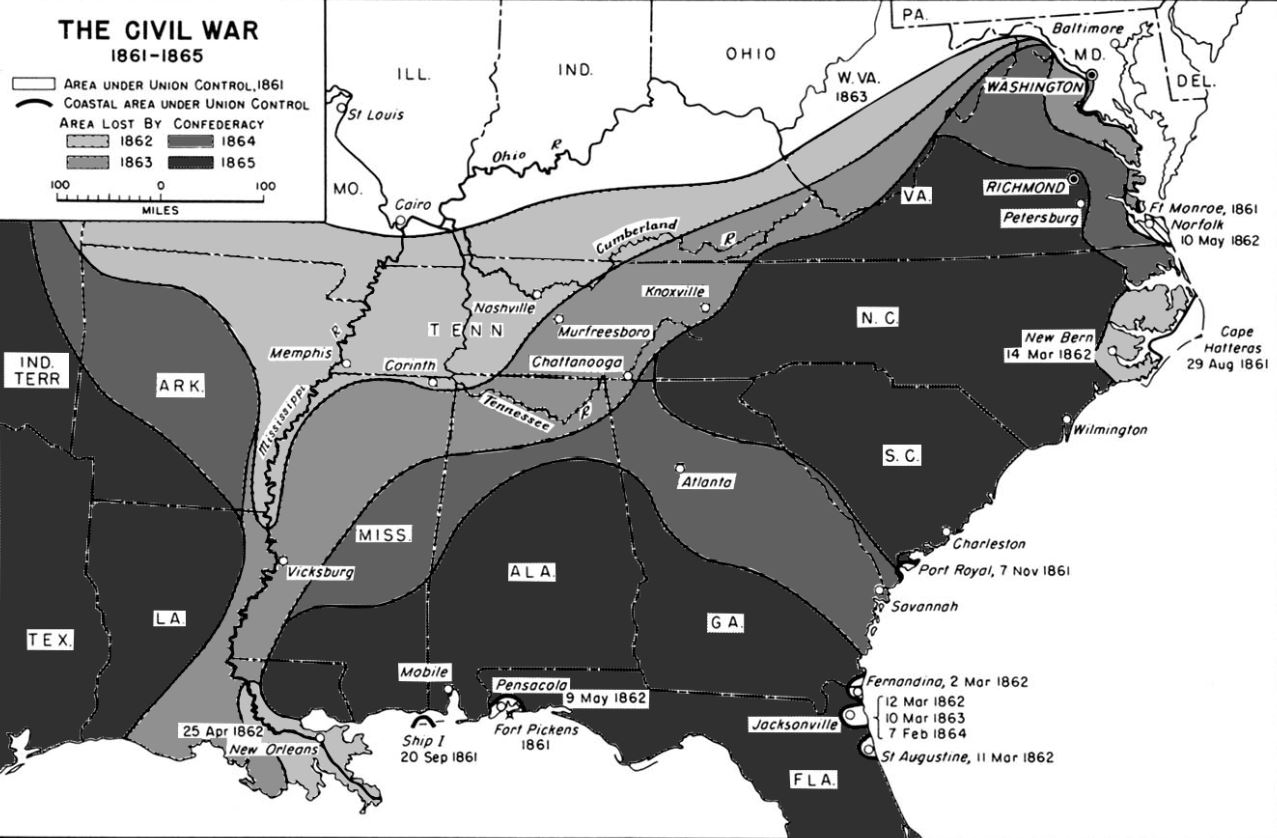
The misconception that the Civil War was fought solely over states’ rights overlooks the primary issue of slavery. While states’ rights were a factor, the Southern states seceded from the Union largely to preserve the institution of slavery. In fact, the Confederacy’s declarations of secession explicitly mention slavery as the central issue. The war was ultimately about whether slavery would be allowed to expand into new territories and states, making it a fight to preserve the system of human enslavement.
3. The Pilgrims Landed at Plymouth Rock

The story of the Pilgrims’ landing at Plymouth Rock in 1620 is one of America’s most enduring myths. While it is true that the Pilgrims settled in Plymouth, Massachusetts, there is no historical evidence to support the claim that they landed at Plymouth Rock. The rock itself was not even mentioned in Pilgrim accounts until the 18th century, and it’s likely that the Pilgrims first stepped ashore at a different point along the coastline. The rock has become a symbolic, rather than a historically accurate, landmark.
4. Thomas Edison Invented the Light Bulb
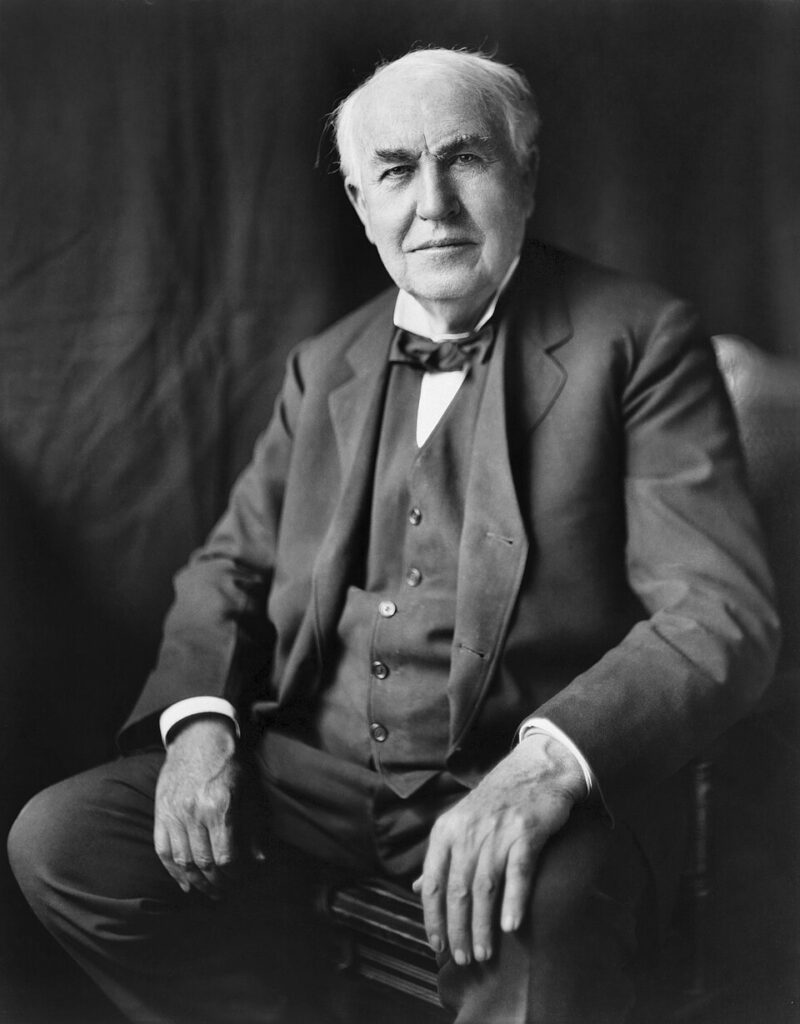
Thomas Edison is often credited with inventing the light bulb, but he was not the first to create an electric light. Several inventors, including Humphry Davy and Joseph Swan, had worked on incandescent lighting before Edison. Edison’s contribution was improving the design by creating a longer-lasting filament and developing a practical method for commercial production. He patented his version of the light bulb in 1879, but it was a result of years of work by many inventors, not a single, groundbreaking invention by Edison alone.
5. George Washington Had Wooden Teeth

The popular myth that George Washington had wooden teeth is not true. While Washington did struggle with dental issues throughout his life, his dentures were made from a variety of materials, including ivory, gold, and human teeth, not wood. In fact, his dentures were uncomfortable and poorly fitted, leading to significant pain. The wooden teeth myth likely originated from the materials used in his dentures, which could have had a wooden appearance but were not made of wood.
6. The American Revolution Was Won by a Few Key Battles

While key battles like the Battle of Yorktown were crucial in securing American independence, the American Revolution was not won by just a few decisive victories. The war was long and drawn-out, with skirmishes, logistical challenges, and political struggles playing as much of a role as military confrontations. The British were weakened by the ongoing conflict, while the French provided critical support. The ultimate success of the Revolution was the result of a combination of strategic alliances, perseverance, and British exhaustion, not just key battlefield wins.
7. The Great Depression Was Caused by the Stock Market Crash of 1929

While the 1929 stock market crash played a significant role in the onset of the Great Depression, it was not the sole cause. The Depression was the result of a combination of factors, including overproduction, income inequality, and the failure of the banking system. The stock market crash triggered a wave of panic, but the economy had already been struggling due to underlying systemic issues. The New Deal policies implemented by Franklin D. Roosevelt were designed to address these deeper economic problems.
8. The Emancipation Proclamation Freed All Slaves
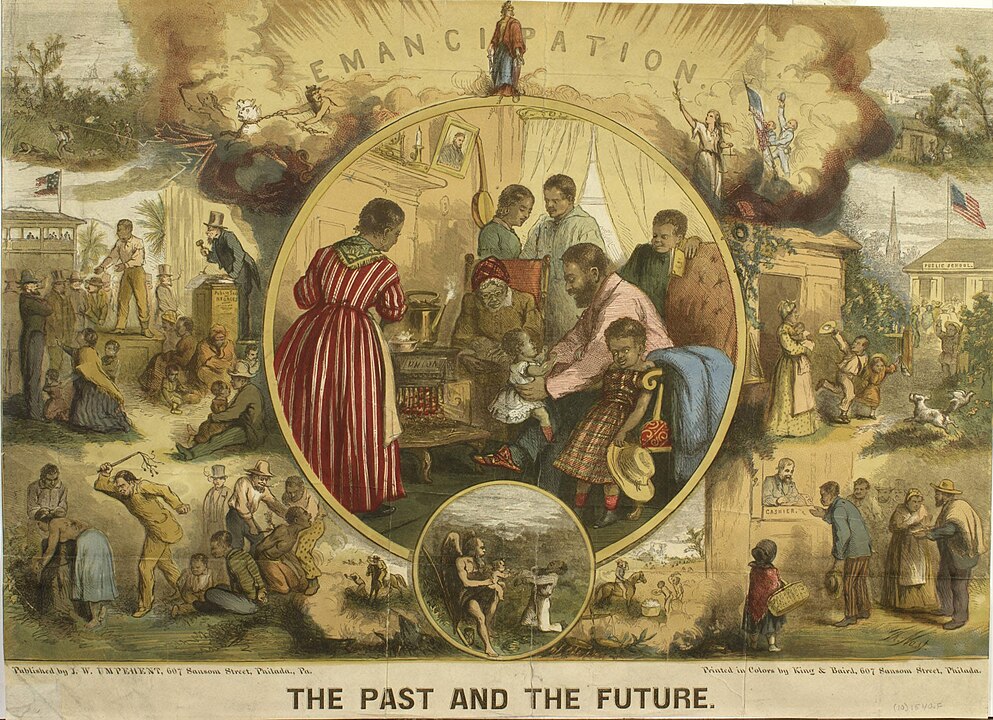
The Emancipation Proclamation, issued by President Abraham Lincoln in 1863, did not immediately free all slaves in the United States. It only applied to enslaved people in Confederate-held territories, leaving slavery intact in border states loyal to the Union. The Proclamation was a strategic move aimed at weakening the Confederacy and encouraging slaves to escape or resist their captors. Slavery was not fully abolished until the passage of the 13th Amendment in 1865, which legally freed all slaves in the United States.
9. The U.S. Was Founded as a Christian Nation
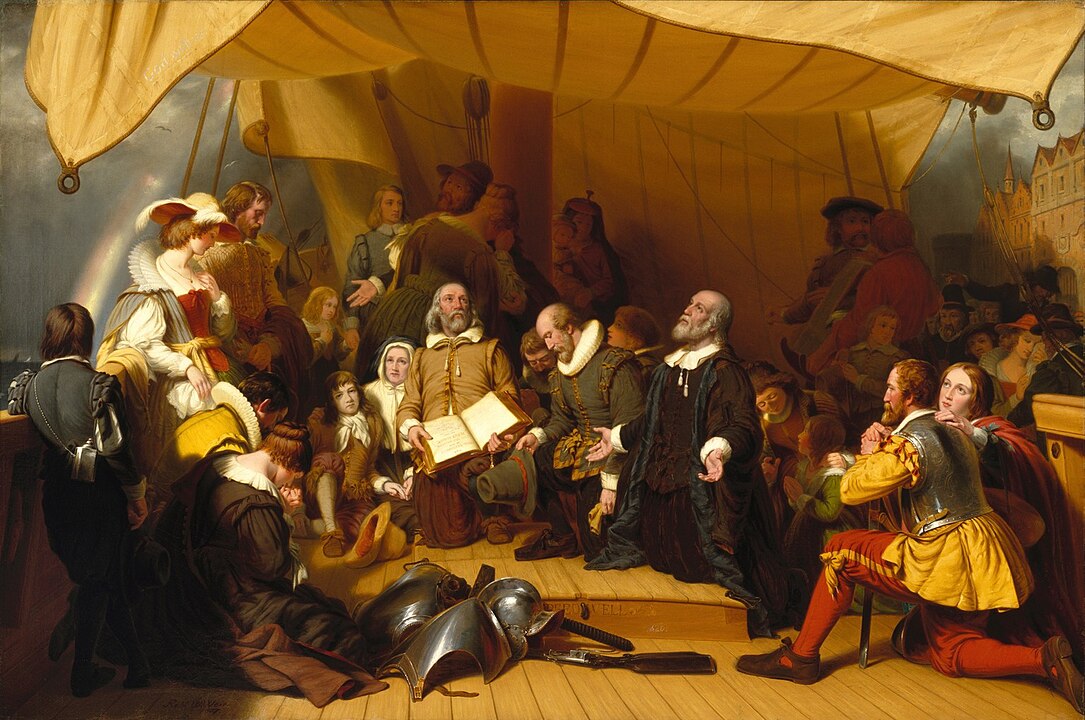
While many of the Founding Fathers were religious, the United States was not founded as a Christian nation. The Constitution explicitly separates church and state, and many of the Founders, including Thomas Jefferson and James Madison, advocated for religious freedom and a secular government. The concept of religious liberty was central to the nation’s creation, and the U.S. was designed to be a place where people of all faiths could coexist without government interference in their religious practices.
10. The Alamo Was a Defining Victory for the Texan Independence Movement
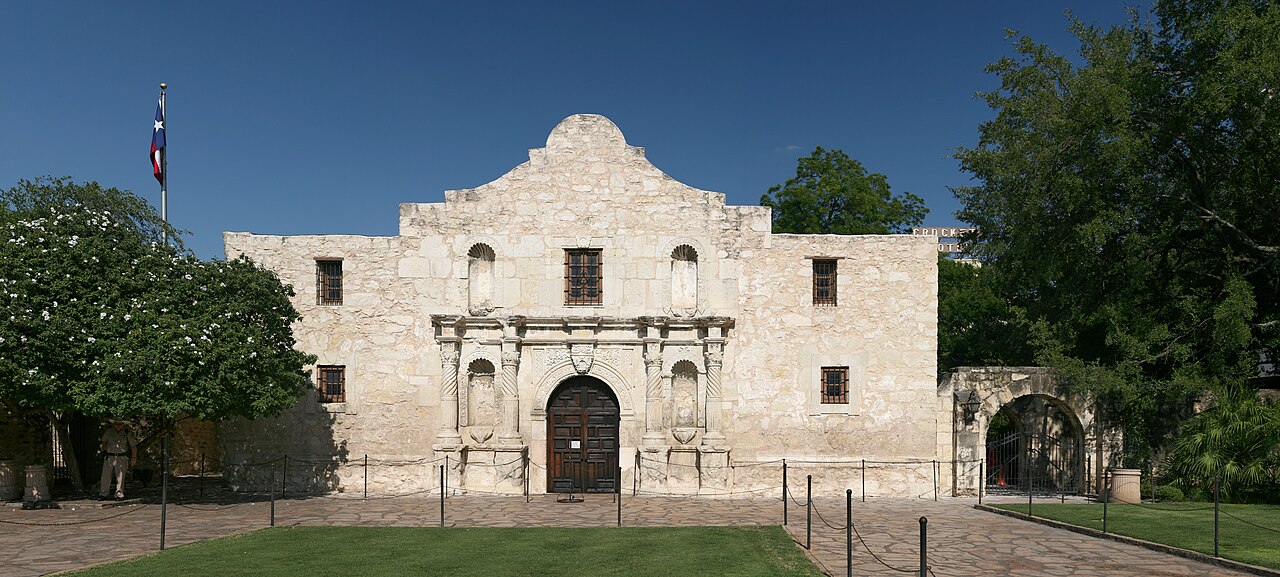
While the Battle of the Alamo is often portrayed as a heroic last stand for the Texans fighting for independence, it was, in fact, a military defeat. The defenders of the Alamo were overwhelmed by the Mexican army, and the loss was a significant blow. However, the rallying cry of “Remember the Alamo!” became a symbol of resistance and determination, helping to galvanize the Texan forces in their eventual victory at the Battle of San Jacinto, which led to Texas’ independence from Mexico.
11. The Louisiana Purchase Was Just a Land Deal
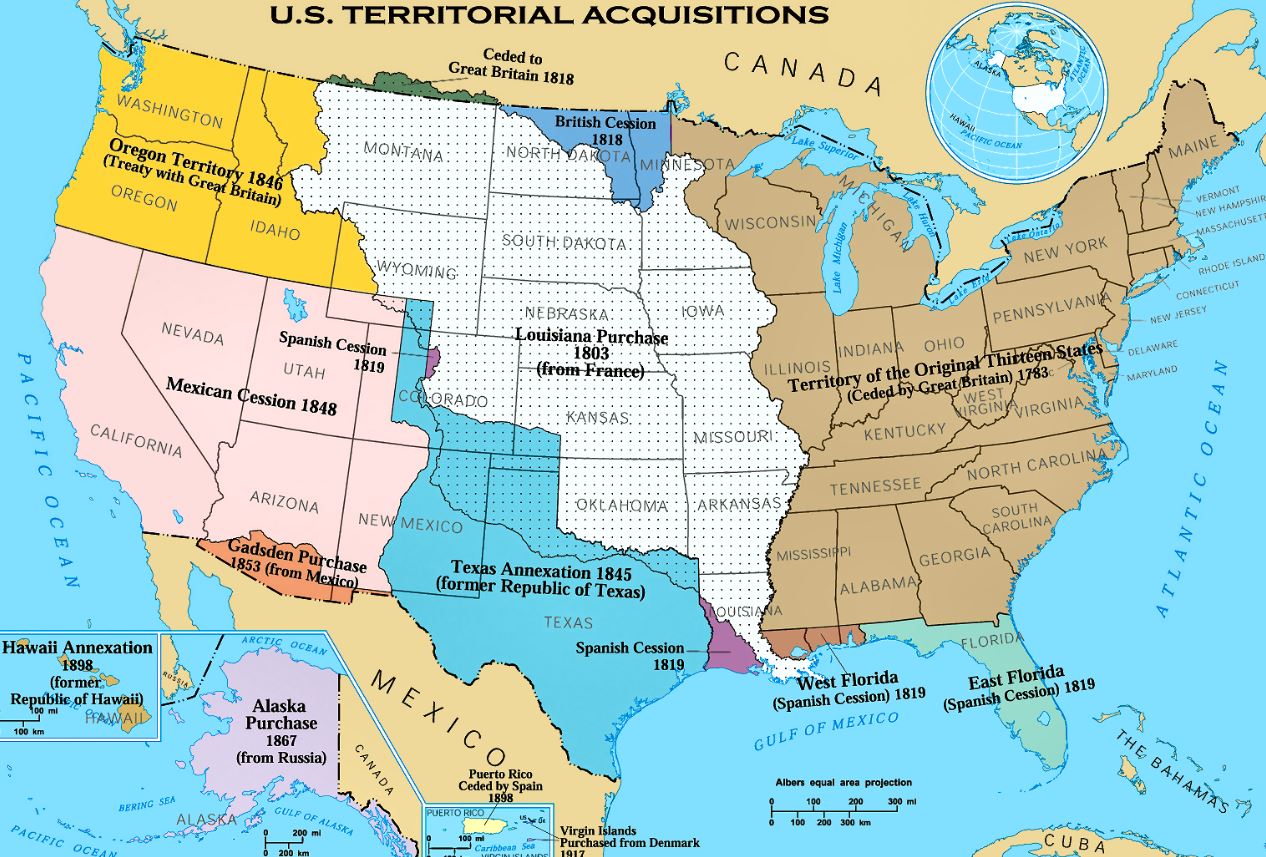
The Louisiana Purchase in 1803 was far more complex than just a simple land transaction. While the U.S. purchased the vast territory from France for $15 million, it also had significant political, economic, and diplomatic implications. The purchase doubled the size of the United States and opened up new lands for settlement, but it also sparked tensions with Native American tribes, who were displaced by westward expansion. Additionally, the purchase raised questions about the Constitutionality of acquiring new territory and the future of slavery in the new lands.
12. The Trail of Tears Was an Isolated Incident

The forced relocation of Native American tribes, known as the Trail of Tears, is often portrayed as a singular event, but it was part of a larger pattern of forced removals and violent conflict with Native Americans during the 19th century. The Indian Removal Act of 1830, signed by President Andrew Jackson, led to the displacement of thousands of Native Americans, not just the Cherokee. The suffering and loss endured by Native Americans during this period were widespread, and the Trail of Tears was one of many tragic episodes in the history of U.S.-Native American relations.
